Science News
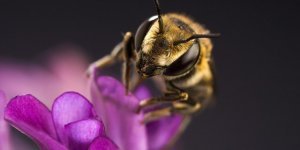
Solitary bees have a shorter lifespan compared to honeybees, usually lasting the spring or summer season. These bees have limited time to perform a lot of pollination work and they can use all the help they can get! »

A UK university spin-out has developed a bacteria-powered battery which harvests energy from microorganisms in the soil to recharge itself, with a prototype already rolled out in Brazil. »
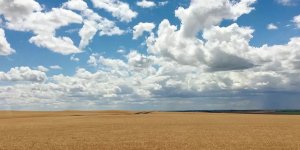
Whether they're fluffy, bright or ominous, clouds are key to regulating Earth's energy and water cycles. »

Rotating sample holder enables new types of neutron experiments »

Two decades of cuckoo research have helped scientists to explain how battles between species can cause new species to arise. »

New data on over 1,500 trees across nearly 1,000 sites shows that an existing theory of how individuals within a species will respond to a changing climate might not be true. »
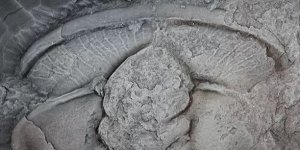
As life on Earth rapidly expanded a little over 500 million years ago during the "Cambrian explosion," Earth had tectonic plates slowly crashing into each other, building mountains and starting a series of unfortunate events that led to a mass extinction. »
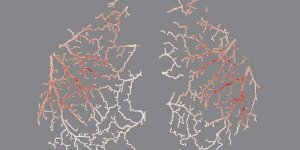
NIH-funded study challenges conventional wisdom about brain blood flow. »
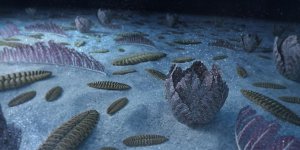
3D reconstructions suggest that simple marine animals living over 560 million years ago drove the emergence of more complex life by mixing the seawater around them »

Scientists have uncovered the properties of a rare earth element that was first discovered 80 years ago at the very same laboratory, opening a new pathway for the exploration of elements critical in modern technology, from medicine to space travel. »
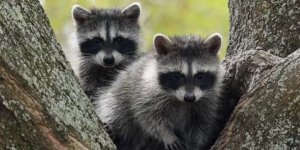
Working with nearly 3,000 observations across almost 1,500 host-parasite combinations, U.S. National Science Foundation-supported researchers at Notre Dame University have found that biodiversity loss, chemical pollution, introduced species and climate change, but not urbanization, are driving increases in infectious disease risk. »
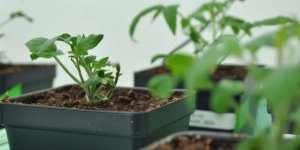
Researchers from Michigan State University have discovered that tomato plants have two related but separate pathways for producing acylsugars, a specific type of sugars that until now were thought to be produced exclusively in specialized hair-like structures found on tomato leaves. »
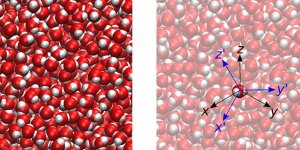
Computational scientists at the Department of Energy’s Oak Ridge National Laboratory have published a study that questions a long-accepted factor in simulating the molecular dynamics of water: the 2 femtosecond (one quadrillionth of a second) time step. »

Scientists from the Technical University of Denmark and Lund University have identified novel enzymes in gut bacteria, a breakthrough bringing the prospect of universal donor blood closer to reality. »

The discovery of a massive snake fossil in India suggests that giant serpents once roamed the Earth's warmer regions alongside various other creatures, researchers say. »

A study has found that the AI model GPT-4 significantly exceeds the ability of non-specialist doctors to assess eye problems and provide advice. »

Competition between species played a major role in the rise and fall of hominins, and produced a “bizarre” evolutionary pattern for the Homo lineage. »

Dr. Katherine Bemis of the National Systematics Laboratory recently helped describe a new species of fish, the papillated redbait. »

Childhood maltreatment can continue to have an impact long into adulthood because of how it effects an individual’s risk of poor physical health and traumatic experiences many years later, a new study has found. »

The USDA’s Agricultural Research Service (ARS), in collaboration with the Ecological Forestry Applications Research Centre in Spain and North Dakota State University, conducted a comparison of the physiological and molecular processes involved in the summer and winter dormancy of Osmia lignaria, also known as blue orchard bee or orchard mason bee. »

Analysing the diversity of organic compounds dissolved in freshwater provides a reliable measure of ecosystem health, say scientists. »
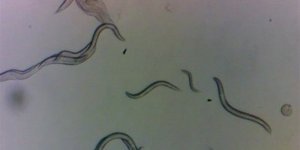
A team of American researchers has discovered that the DNA of a common worm species seems to be resistant to damage from chronic radiation in the Chernobyl Exclusion Zone (CEZ). »

Boiling and filtering tap water could significantly reduce the amount of microplastics consumed, according to recent studies. »

The oldest fossilised forest known on Earth – dating from 390 million years ago – has been found in the high sandstone cliffs along the Devon and Somerset coast of South West England. »

New research finds around a quarter of Labrador retriever dogs face a double-whammy of feeling hungry all the time and burning fewer calories due to a genetic mutation. »

Scientists at the United States Department of Agriculture (USDA)’s Agricultural Research Service (ARS) developed an edible antiviral treatment that can be used to protect honey bees against Deformed Wing Virus (DWV) and other viruses. »

The tone and tuning of musical instruments has the power to manipulate our appreciation of harmony, new research shows. The findings challenge centuries of Western music theory and encourage greater experimentation with instruments from different cultures. »

A new test to help diagnose a condition that can lead to oesophageal cancer – developed by Cambridge researchers and trialled by the NHS – has reduced the need for invasive endoscopy in thousands of low-risk patients. »

How could tiny antennae attached to tiny algae speed up the transition away from fossil fuels? »

Collaborative research that combined experiments at Yale University and molecular dynamics simulations at the Department of Energy’s Oak Ridge National Laboratory provides new insights into solving a major technical obstacle to efficient and sustainable industrial operations. »

Cambridge mathematicians have developed a set of resources for students and teachers that will help them understand how maths can help tackle infectious diseases. »

Researchers from the universities of Cambridge and Western Australia have uncovered the importance of hydrothermal vents, similar to underwater geysers, in supplying minerals that may have been a key ingredient in the emergence of early life. »

Seaweed can survive and thrive even after a nuclear war, study finds. »

Kiwifruit and their tangy green flesh are routinely purchased and devoured throughout the year by people across the nation. »
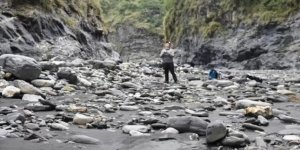
New clues to how water helps shape mountains over geological time. »

Microplastic debris can be carried by the jet stream across oceans and continents. »

Scientists are helping unravel the mysteries of how water becomes solid. »

Quantum materials hold the key to a future of lightning-fast, energy-efficient information systems. »

Butterfly populations in Catalonia in northern Spain are better than their UK counterparts at regulating their body temperature by basking in the sunshine, but rising global temperatures due to climate change may put Spanish butterflies at greater risk of extinction. »

Ammonia, a main component of many fertilizers, could play a key role in a carbon-free fuel system as a convenient way to transport and store clean hydrogen. »

When someone disappears in an area of dense vegetation, search and recovery efforts can be difficult, especially when a missing person’s last location is unknown. »

Magnesium oxide is a promising material for capturing carbon dioxide directly from the atmosphere and injecting it deep underground to limit the effects of climate change. »

Researchers have discovered magnetic monopoles – isolated magnetic charges – in a material closely related to rust, a result that could be used to power greener and faster computing technologies. »

Cambridge scientists have shown that placing physical constraints on an artificially-intelligent system – in much the same way that the human brain has to develop and operate within physical and biological constraints – allows it to develop features of the brains of complex organisms in order to solve tasks. »

Research sheds light on habitats in forest canopies, where epiphytes play keystone roles. »

Contrary to the commonly-held view, the brain does not have the ability to rewire itself to compensate for the loss of sight, an amputation or stroke, for example, say scientists from the University of Cambridge and Johns Hopkins University. »

Bats' jaws evolved in wildly divergent shapes and sizes to exploit different food. »

If microbes exist on other planetary bodies, they might produce similar biomolecules. »

Scientists identify a key gene controlling root growth, carbon storage. »
